Koji Nakazono: Soulmate opened at the Marugame Genichiro-Inokuma Museum of Contemporary Art (MIMOCA) on Saturday 17 June 2023, and had run to Monday 18 September. As part of the exhibition program, a talk titled “Gentle Ghost: In Pursuit of the Painter Koji Nakazono” was held on Sunday 20 August to mark the publication of a critical biography of the artist. The following is an edited extract from the discussion between Soulmate curator Mizuki Takezaki, and biography author Toshiya Muraoka.
Text: Mio Subana
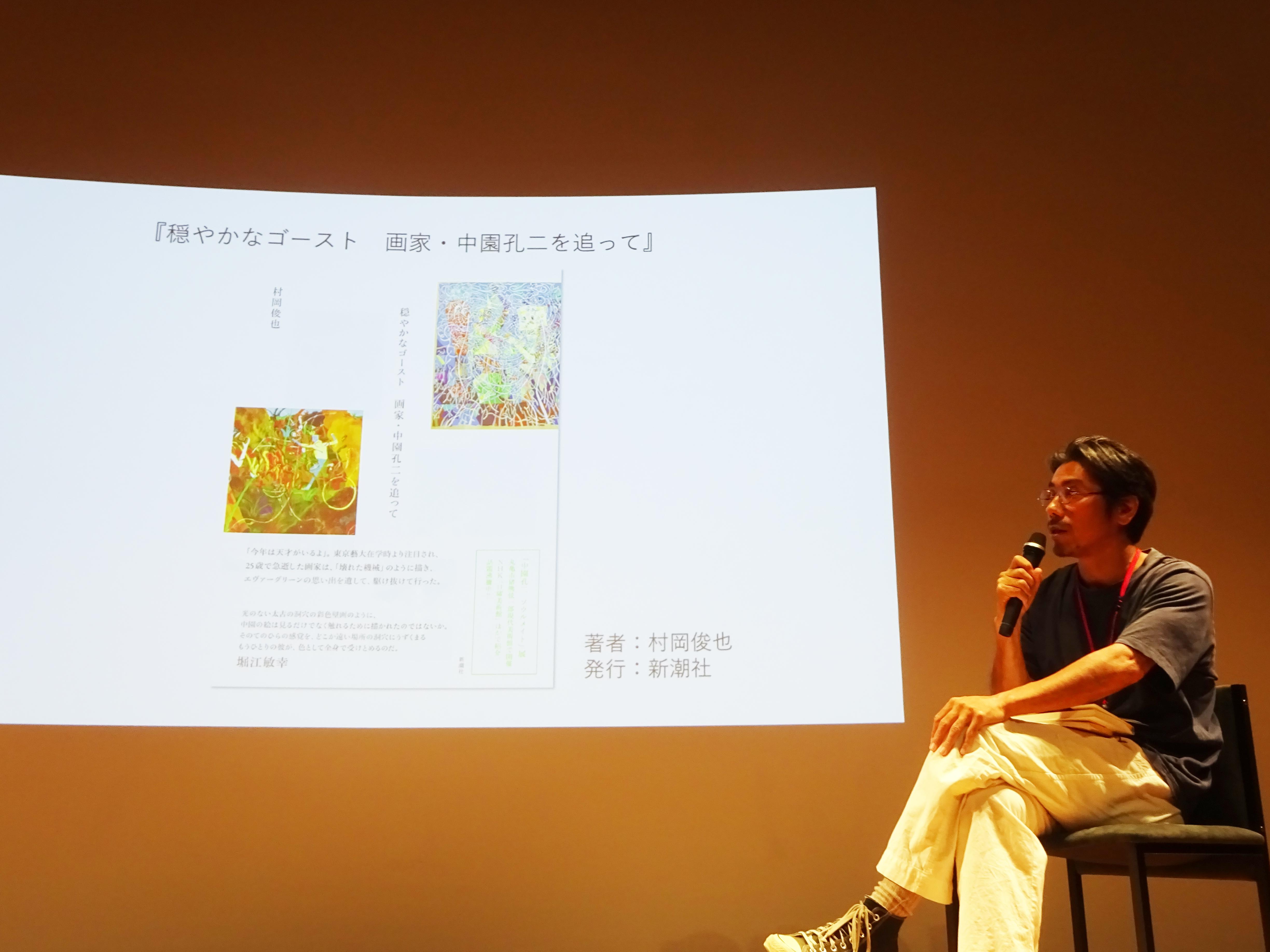
Toshiya Muraoka
Takezaki
Allow me to begin with a overview of the exhibition. Koji Nakazono: Soulmate is devoted entirely to the work of Koji Nakazono, who produced a vast and diverse portfolio of striking, vibrant paintings. After graduating from Tokyo University of the Arts and basing his practice in the Kanto region, he was eventually drawn to the character and atmosphere of Kagawa Prefecture, overlooking the Seto Inland Sea, and moved there at the end of 2014 before sadly passing away the following year at the age of just twenty-five. Featuring around 220 paintings, with books, drawings and ephemera bringing total number of items on display to around 300 spread over seven sections in the third-floor galleries, this exhibition of Nakazono's work is the largest ever in the place that was destined to become his final home.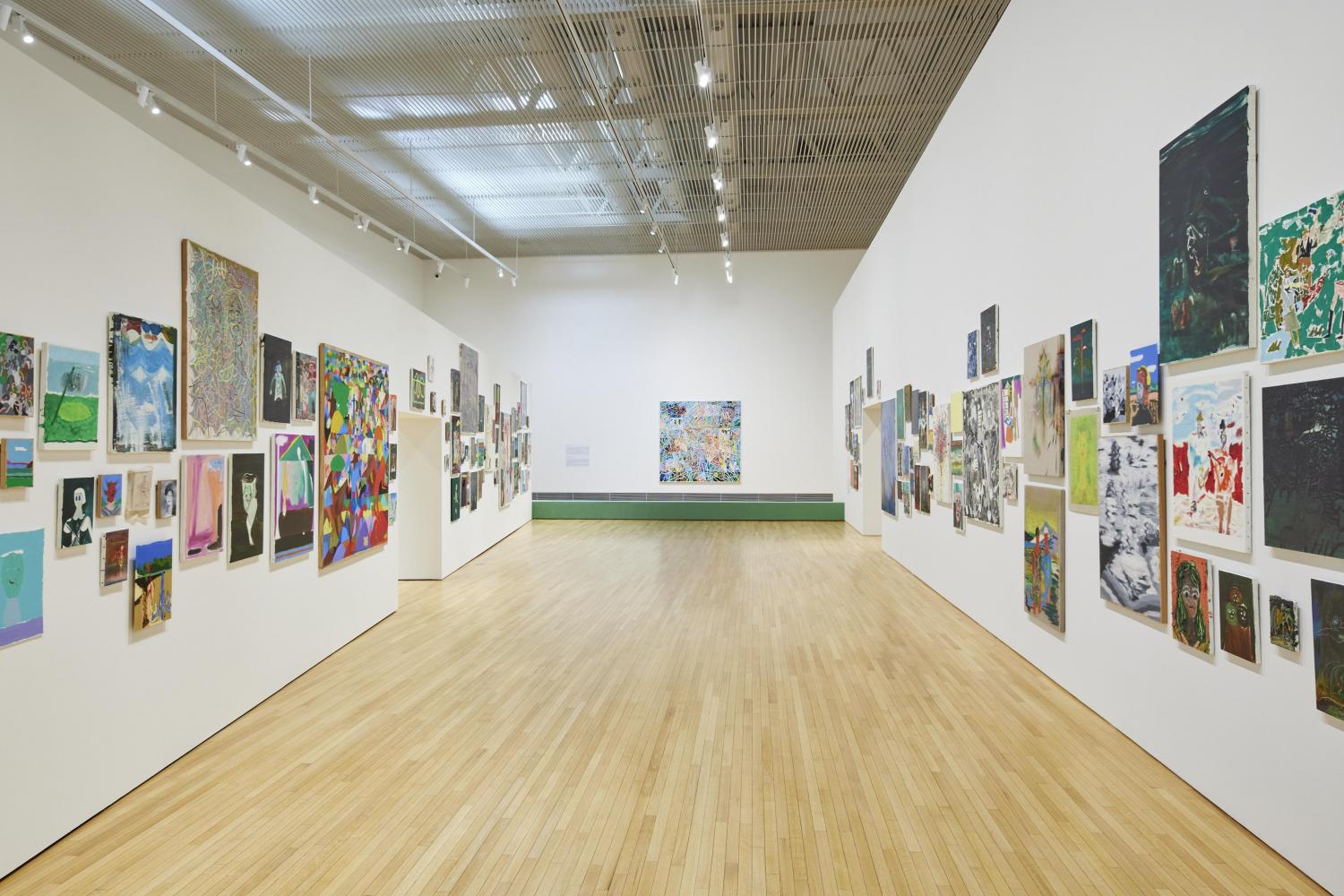
Installation view of Koji Nakazono: Soulmate. Photo: Kenji Takahashi
Takezaki
Nakazono-san used notebooks to draw and jot down day-to-day thoughts and feelings, also making frequent mention of "someone alongside, looking with me" and it is this obvious yearning for a reliable intimate presence that inspired the exhibition title of Soulmate. Muraoka-san, can you please tell us about your new book, Gentle Ghost: In Pursuit of the Painter Koji Nakazono?
Muraoka
My name is Toshiya Muraoka, and I am a writer. For this book I set out to trace the course of Nakazono-san's life, speaking to more than 40 people in the process and compiling what I learned about him as a person, and how he lived, into this critical biography.
I first saw his paintings at a solo exhibition held in 2018 at the Yokosuka Museum of Art. My brother-in-law teaches sculpture at Tokyo University of the Arts, and I'd heard that on seeing a painting of Nakazono-san's at the university's graduation show, he'd said there was "a real genius" among that year's graduates. So I went along hoping to catch some paintings by a genius. But to be honest I didn't really get what all the fuss was about. I failed to properly appreciate the paintings, I guess. His work to me seemed like the work of a child. But actually, I think that failure to understand sparked a curiosity about the artist, and I became determined to learn more about him.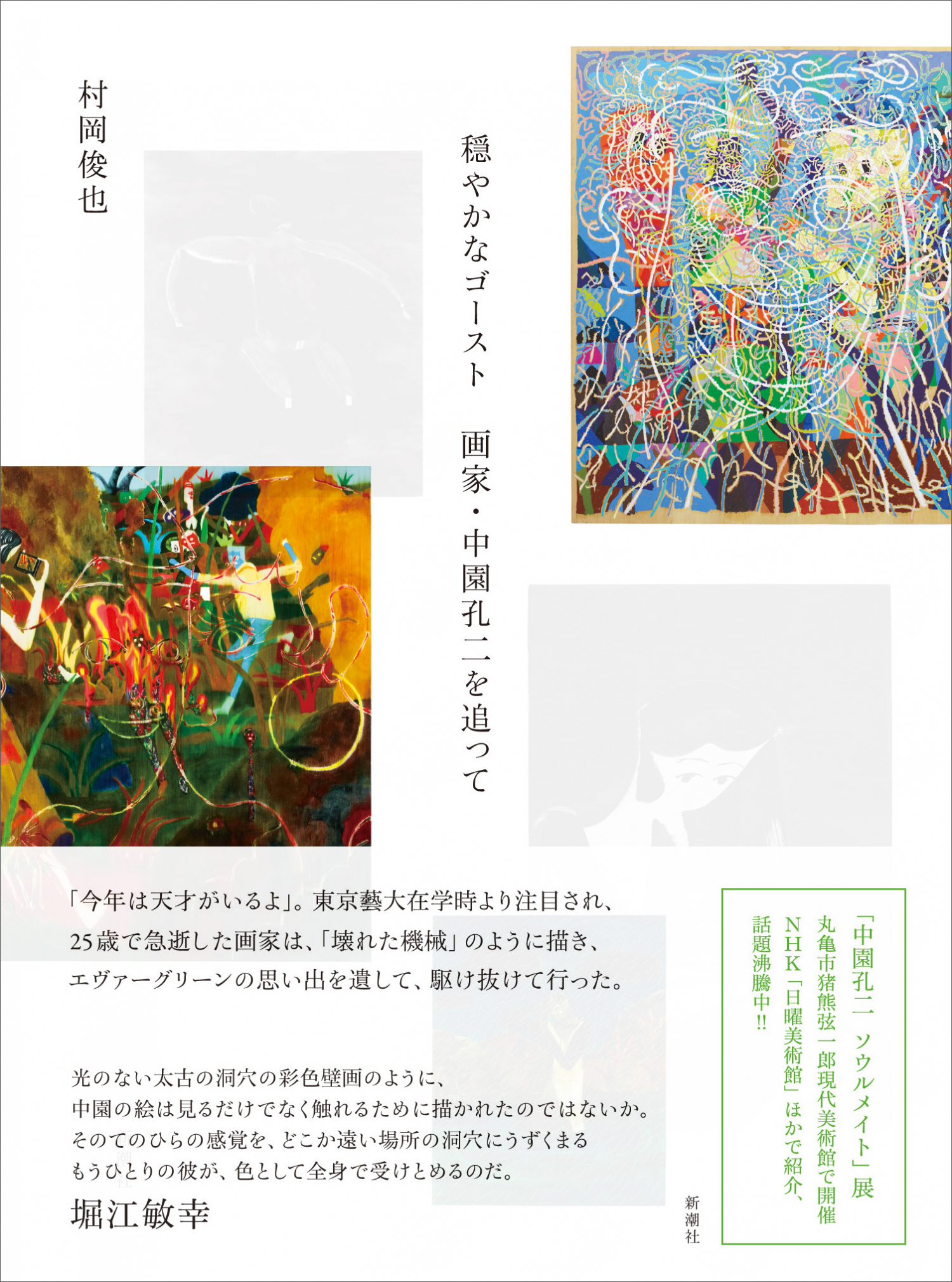
Toshiya Muraoka, Gentle Ghost: In Pursuit of the Painter Koji Nakazono (Shinchosha, 2023)
Takezaki
I note that your biography goes into great detail, but in fact neither of us ever met Nakazono-san, did we? I knew him from his works, as part of organizing the exhibition, but you came to him from the "incomprehensibility" of those works, and have gone to some length to discover the kind of person he was, and the kind of people with whom he forged relationships.
Muraoka
It was a question of finding a way to explain someone I had never met. I wanted to offer up the most rounded picture of Koji Nakazono I could, the most global, but no matter how many people I met, or how much video footage I watched, the man himself remained an enigma. Still I wanted to draw closer to him somehow, so kept meeting as many people as possible, and gradually built up what you might call a polyhedron, rather than a globe. The idea was that the more faces on that polyhedron, the more detail I gleaned, the closer I might come to roundness.
When it came to putting together the exhibition, how did you get closer to Nakazono-san?
Takezaki
I started, not surprisingly, with the paintings. I wondered, with some amazement, what on earth the world must have looked like to this person. So to learn what the artist was thinking I first turned to the remaining footage of him. During that I noticed him stating in an interview, "The surface may be disordered, but there is only one scene."
Nakazono-san painted a lot of very different paintings, but all possess some single, pivotal, underlying element. In that regard, his comment about "only one scene" made a lot of sense to me. As in, I realized that he was seeing just a single scene. This provided an excellent clue when it came to designing the exhibition. I figured that if it were possible to see different paintings en masse in a single space, viewers, me included, might find Nakazono-san's idea of "only one scene" more accessible.
Muraoka
In terms of the meaning of "only one scene" I think perhaps there was a single scene that Nakazono-san actually saw, linked to the single scene that emerges via the painting. I believe it was connected to something he saw out in nature, when he would go into the forest at night, or swim in the sea.
Takezaki
Indeed. His physicality also comes very much to the fore in his paintings. He was a keen basketball player up to his second year at high school, just before he started painting, so to some degree that physicality is something he always possessed, and very much the key to understanding him.
Muraoka
I think for Nakazono-san painting was to some extent a way of communicating. Can the same be said for other painters?
Takezaki
It struck me that among those who visit this exhibition there will be a fair number able to put aside questions of what a painting means, what style it is in, where it sits historically, and realize they just intuitively "understand."
I feel that if people engage with Nakazono-san's works, despite not sharing time with him they will start to get a sense of him as a person through the paintings.
Muraoka
The exhibition also featured the quote from Nakazono-san, "To me a picture is an adjacent outside, made by the maker and people like the maker," and in his case, I doubt a painting was ever a thing to complete alone. He needed a soulmate, a tangible person, "someone alongside, looking with me," plus I suspect that he only considered a painting finished when someone had seen it. Painting seemed to him a tool for opening up to the world.
Takezaki
When talking about painting, Nakazono-san himself spoke of "on the edge," and "holes." Perhaps it was a case not so much of a self-contained world in a painting, as a scene a little larger and able to be shared.
Muraoka
Yes, there's a sense of being connected to something, isn't there.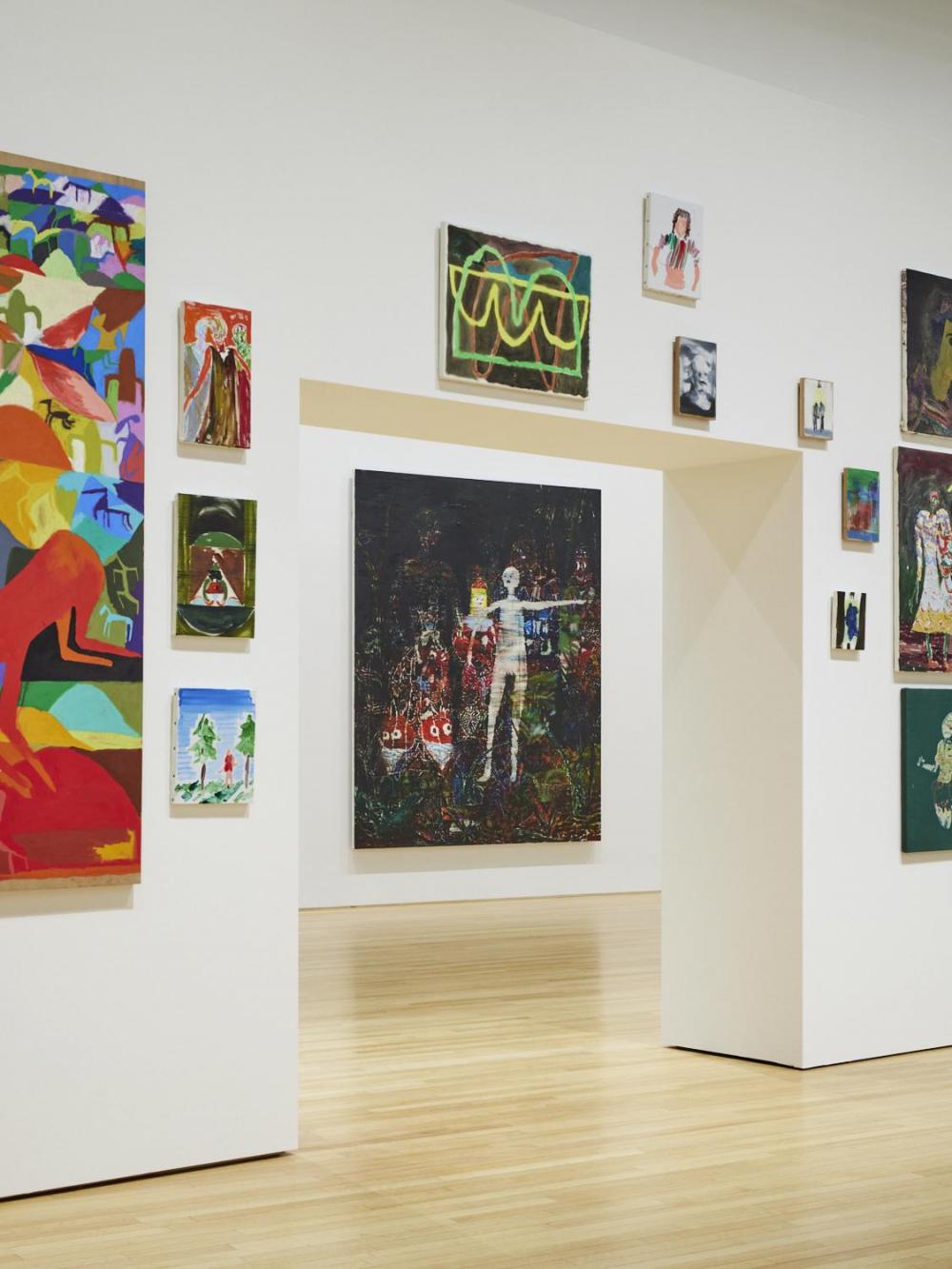
Installation view of Koji Nakazono: Soulmate. Photo: Kenji Takahashi
Takezaki
I see your book also talks about the relationship between Nakazono-san and painting, but it's true there are some quite violent images in his works, aren't there?
Muraoka
He started painting in the summer of his second year at high school, and I suspect that up to just prior to his graduation from Tokyo University of the Arts, he simply just loved painting. But after that, things gradually began to happen that left him feeling stifled, and as he tried to haul himself out of that, he began to think that what he painted might also be for someone else. Slowly the violent depictions began to lose their intensity, or gain depth, and paintings began to emerge that were not simply violent, but in which violence and calm were on the same level.
Takezaki
In the biography you wrote that when, just before graduation, a girl in his class told him that when she became disheartened she "sometimes wanted to die," Nakazono-san said he was painting "for people like that."
Muraoka
When I heard that, I think I understood exactly why I was so taken with Nakazono-san's paintings.
Takezaki
His inner world encompassed a variety of emotions: anger of course, manifested in those violent images, plus sadness, kindness, and the "tenderness" you write of in the biography. All these complex emotions shaped Nakazono-san's inner world, and emerged as paintings. They have an undercurrent of kindness, and a gaze directed at others.
Muraoka
On first seeing his works, I didn't know what to make of them. Perusing the paintings again though, at this exhibition, I felt that I had finally actually met him. I feel very close to Koji Nakazono the man and his works. Which is why I wrote the biography. But I suppose one could equally say that surely the paintings are enough in themselves? A stance just as valid, in my opinion. What are your thoughts on that?
Takezaki
When it comes to the equality of an artist and their works, well the works are the works, and how you view them, can extend beyond the maker's design. There is no limit to the number of worldviews on the receiving end of a work, and I believe how you look at a work of art really is up to you. Plus I don't think Nakazono-san especially had in mind how he wanted his paintings to be viewed as he was painting them. Although on the other hand, in his case, personal spirituality and works do seem to be closely entwined.
Muraoka
Could that also be because he died so young? One imagines that many painters have an intimate connection to their works while in their youth, but with age and maturity comes distance, and they begin to view their creations more objectively.
To be honest I doubt that's confined to painters. When you're young, there's a degree of myopia where you only see what's around you, but as you become older and more part of society, you start to see your own role more objectively. Could that be related as well?
Takezaki
Nakazono-san died at the age of twenty-five, and I think his work does also reflect that stage of life. I think for him it was a time of internal conflict as he dealt with various struggles.
Muraoka
One university classmate of Nakazono-san's I spoke to commented that the artist had "only just got started," adding "Nakazono still had it all ahead of him, so the worst thing would be to make a huge fuss to the point of virtually deifying him." Though I admit some of that is my doing. One can't help but imagine he would have had gone on to look at himself objectively and settle his self-esteem issues, and if he had managed to retain just that tenderness for his painting, he could have done even more amazing things.
Takezaki
Obviously I'd love to know what kind of paintings Nakazono-san might have gone on to produce, and would love to have seen those paintings, but on the other hand, I see hope in his continued presence in the form of his works. In that his works remain, and are accessible to all sorts of people, and seen by them, and within those people, all sorts of things will emerge, and remain, I believe there is still a "future" for his work.
Muraoka
Yes, I very much agree. For an artist's works to remain means a lot.
Takezaki
Nakazono-san may no longer be here, but people can encounter him through his works, like I did, and from there learn more about him. Because although only a very small number of people actually shared time with him, and I believe were very fortunate to do so, I do think he is also accessible to others. 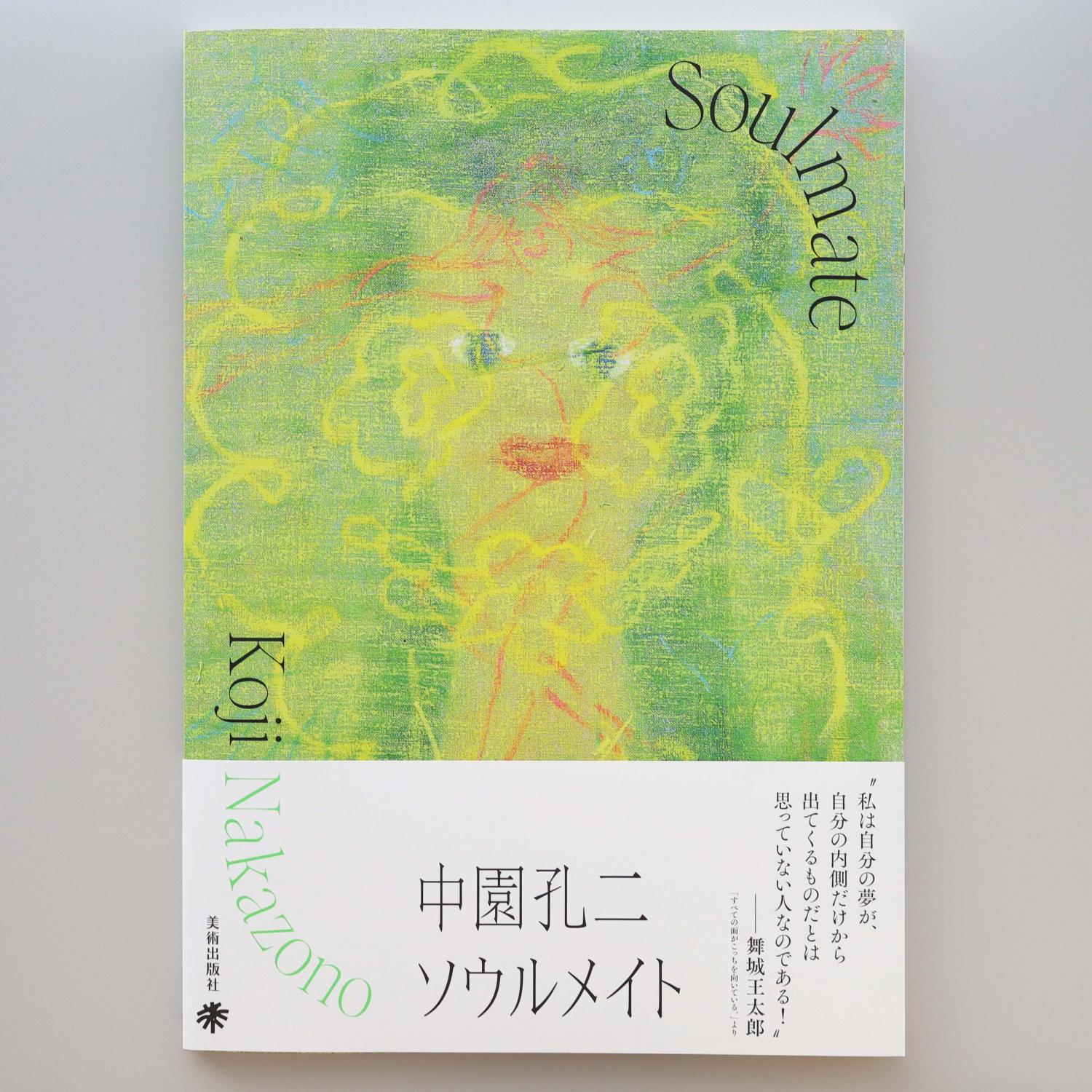
Koji Nakazono: Soulmate, exhibition catalogue, Bijutsu Shuppan-Sha, 2023
Takezaki
The belly-band around the exhibition catalogue contains the words, "I am one of those who doesn't think their dreams come only from within themselves,"* a quote from an essay by Otaro Maijo, a favorite novelist of Nakazono-san's. To me, this is what Nakazono-san's works feel like. As in, not just shut inside himself. Those who see his paintings may find something left inside them, emerging inside them, changing inside them.
*Otaro Maijo, "Every Surface is Facing This Way.," from the ANB Tokyo website
Muraoka
That's a really fundamental thing, I think, that applies also to art and making things in general. Talking about Nakazono-san you find yourself compelled to stop and contemplate some very basic matters, like what it means to make things, making pictures, being kind to others. Nakazono-san's paintings frankly make me want to live, to be good to people, to reflect on my own life and become a better person.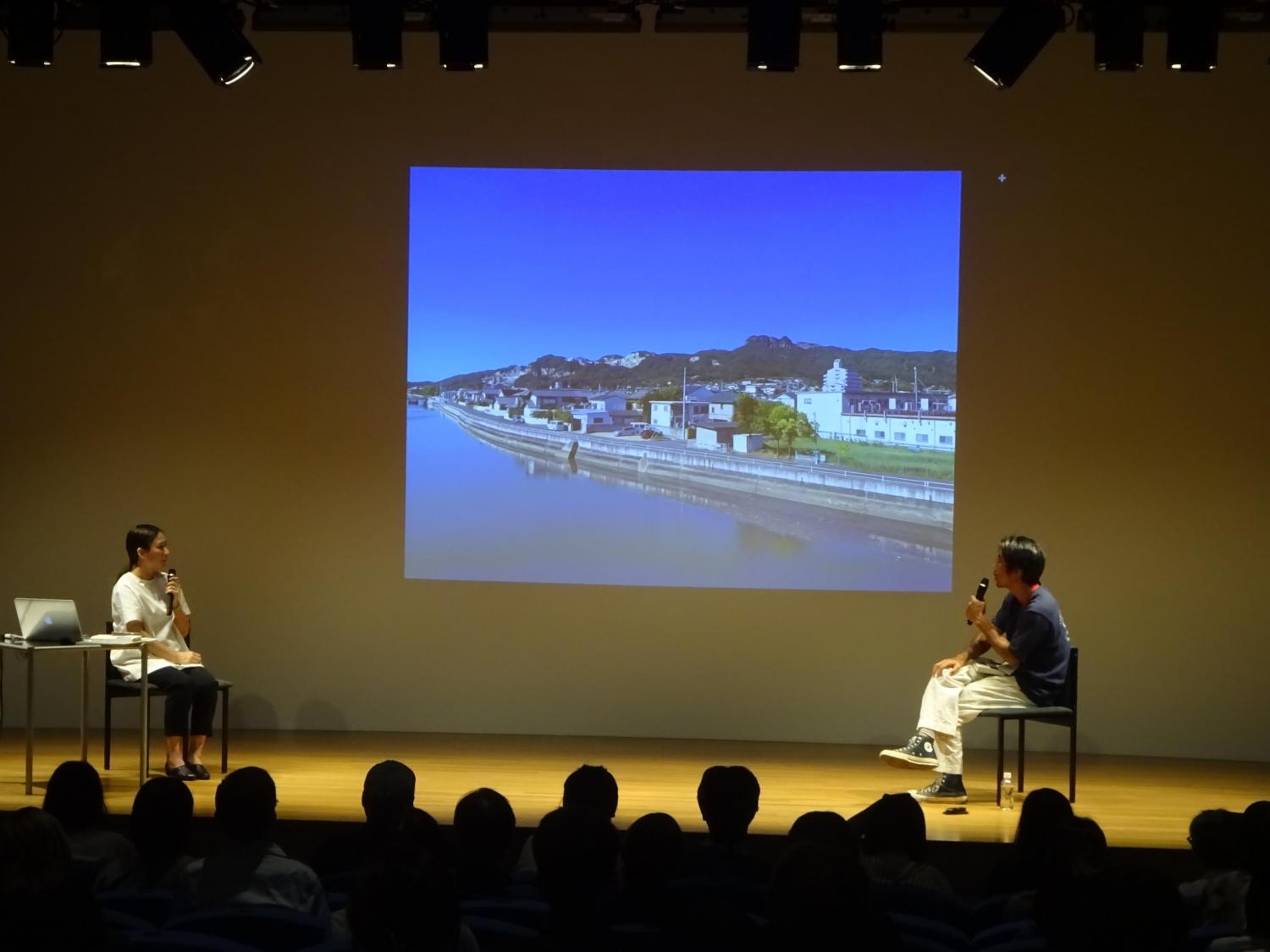
The above is an edited extract from the talk event. Our speakers then went on to cover a range of topics while viewing photos of places with a connection to Nakazono, joining the audience to gain a deeper, fuller understanding of the artist and his works.
◎Link
https://www.mimoca.org/en/exhibitions/2023/06/17/2829/
